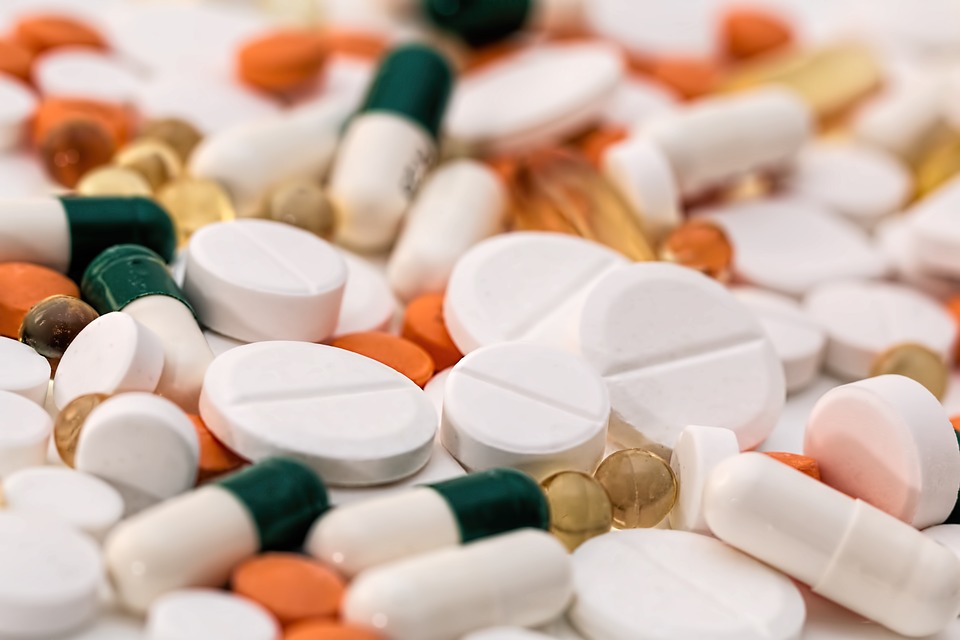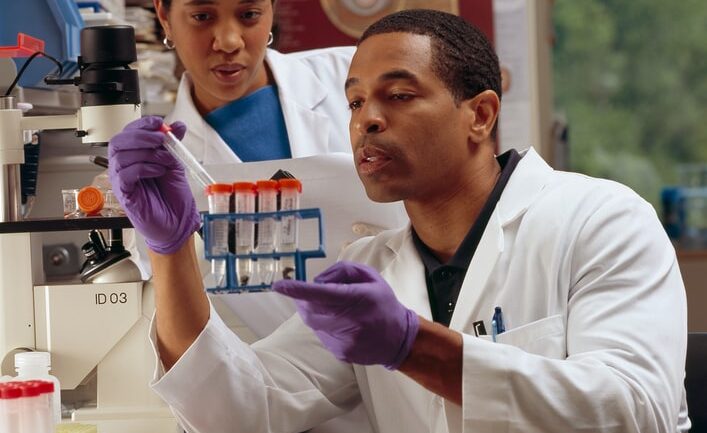By Anna Bartels, Staff Writer for Save the Water™ | May 5, 2017
The presence of pharmaceutical compounds in water supplies has been well documented for several decades, but the exact threat posed and recommended responses have been debated just as long. The health impact on humans and wildlife remains a concern for many scientists and policy makers. Unfortunately, the water treatment and sewage systems are not currently able to address this contamination. However, researchers are developing new methods to test and treat water. A promising new technique has been developed in which “supermolecules” detect and remove pharmaceuticals from water, leading to potential implications for improved and on-site water treatment.
A growing problem
Researchers are exploring the extent to which pharmaceuticals are found in the water supply; however, it is clear that this is an emergent issue. People often dispose of leftover pharmaceuticals down the drain, rather than through local drop-off collection programs or in a safe manner at home.2 Hospitals are also a source of pharmaceuticals that appear in municipal wastewater.6 In addition, individuals often only metabolize a portion of the drugs they ingest, meaning that some of the compounds are ultimately expelled into the sewage system, though removal proves difficult. In fact, in a 2013 study, the International Joint Commission determined that only half of prescription drugs in sewage were removed by treatment plants.1 Ultimately, the water treatment and septic systems are not equipped to address this source of contamination.
Pesticides and herbicides, hormones from contraceptive birth control, beta-blockers, antibiotics, and other pharmaceutical compounds have been discovered in water reservoirs, water treatment plans, and watersheds. Many scientists are concerned about potential contamination of drinking water. The Associated Press also conducted its own independent research and found pharmaceuticals present in the drinking water supplies of at least 41 million Americans.3 Although these compounds are only present at very low levels, further research is underway to determine the potential effects. In addition, there are concerns that contamination by antibiotics, in particular, may affect people’s health by cultivating an environment where bacteria can develop resistance to antibiotics.4
The extent of the impact on human health is under study, and there is also emerging evidence that there is an effect on the health of aquatic wildlife. Scientists are noticing that some fish populations have shown abnormalities, including male fish growing female egg cells.5 This is suspected to be the result of exposure to hormone-disrupting water pollution, including estrogen from birth control pills. Fish wildlife are extremely sensitive to their environments, but this issue does illustrate potential water quality concerns.
Making waves in water testing and treatment
Researchers from the University of Surrey have published research that showcases a new “supermolecule” that can detect and remove pharmaceuticals from water in an effective and environmentally friendly manner.7 This supermolecule, a derivative of calixarene, interacts with and extracts common pharmaceutical compounds from water.3 The receptors bind selectively with the pollutant so that they can be removed This method may be applicable to many kinds of materials and compounds. This research is particularly promising because it may potentially allow for on-site water quality monitoring, rather than testing samples in a separate laboratory. In addition, this method may emerge as more cost effective than other technologies, such as ozonation and carbon filtration, which are very expensive.
Other promising research and policies include the development of pharmaceuticals that the body better retains, public awareness campaigns on drug disposal options, upgraded water treatment infrastructure, and additional public health research. This is an issue that will not go away anytime soon. A multi-pronged approach will be needed in order to tackle the existing water quality concerns and prevent future contamination.
References
- Brian Bienkowski. November 22, 2013. “Only Half of Drugs Removed by Sewage Treatment.” Scientific American. Retrieved from https://www.scientificamerican.com/article/only-half-of-drugs-removed-by-sewage-treatment/
- California State Board of Pharmacy. 2008. “Don’t Flush Your Medicines Down the Toilet!” Retrieved from http://www.pharmacy.ca.gov/publications/dont_flush_meds.pdf
- Jeff Donn, Martha Mendoza, and Justin Pritchard. 2008. “Pharmaceuticals found in drinking water, affecting wildlife and maybe humans.” The Associated Press. Retrieved from http://hosted.ap.org/specials/interactives/pharmawater_site/day1_01.html
- Katie Colaneri. May 15, 2014. “What is the long-term health impact of pharmaceuticals in our water?” State Impact. Retrieved from http://n.pr/2unFCvP
- Lindsey Konkel. February 3, 2016. “Why Are These Male Fish Growing Eggs?” National Geographic. Retrieved from http://bit.ly/1VLjweG
- Monica Escola Casas, et. al. October 2015. “Biodegradation of pharmaceuticals in hospital wastewater by stated Moving Bed Biofilm Reactors (MBBR).” Water Research. Retrieved from http://bit.ly/2vlXr2U
- Phys.org. April 10, 2017. “New breed of supermolecule ‘hunts down’ harmful drugs and removes them from water.” Retrieved from https://phys.org/news/2017-04-supermolecule-drugs.html




